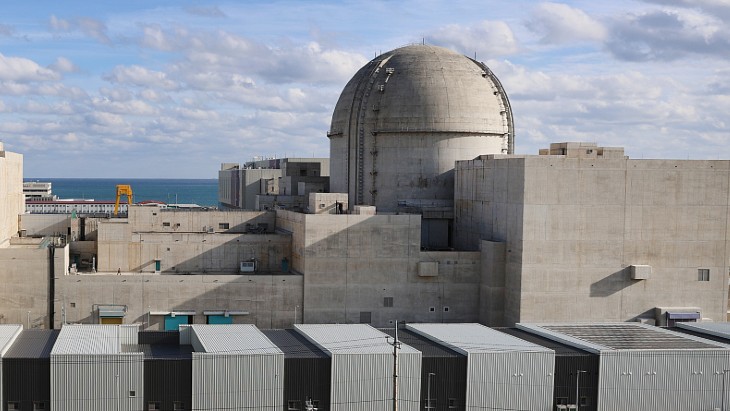Six sites were proposed in November 2011 during the first stage of the process for selecting sites for two repositories: one for low- and intermediate-level waste (LLW/ILW), the other for high-level waste (HLW).
Stage two of the site selection process, which began in late 2011, aimed to narrow down the sites under investigation to at least two for each of the repositories. Nagra proposed in January 2015 that further investigations be carried out at the proposed siting regions of Zürich Nordost and Jura Ost in the third and final stage of the selection process. It said the four other regions under consideration in the second stage - Südranden, Nördlich Lägern, Jura-Südfuss and Wellenberg - would be placed in reserve. However, in December 2016, the Swiss Federal Nuclear Safety Inspectorate proposed that the Nördlich Lägern region also be included in the final stage.
Following the completion of the second stage of the site selection process, the Federal Council made the decision at a meeting on 21 November to include the Nördlich Lägern region in further investigations. In addition, the regions of Jura-Südfuss, Südranden and Wellenberg remain reserve options.
Thomas Ernst, CEO of Switzerland's national radioactive waste disposal cooperative Nagra, said: "We welcome this decision and are well prepared for Stage 3. We will start a series of deep boreholes in January next year, which will complete the overall picture of the underground geological environment in the three siting regions."
Nagra said the borehole investigations will focus on the thickness, permeability and composition of the Opalinus Clay host rock in which the repository will eventually be constructed.
In preparation for Stage 3, Nagra has already conducted 3D seismic measurements which reveal the underground stratification of the rock layers in the three regions - the measurements can be compared to ultrasound images. In addition, Nagra has been conducting so-called Quaternary borehole investigations since March of this year. As opposed to deep boreholes which can reach a depth of one to two kilometres, Quaternary boreholes are drilled down to a depth of several dozen to a few hundred metres. They help to understand how glaciers shaped our landscape in the past and how they might also alter it in the future.
"Based on the overall understanding of the underground environment and safety-related considerations, we will be able to announce in three to four years which siting regions we consider to be suitable for the construction of the deep geological repositories," Ernst said. Nagra expects to submit the general licence application for the disposal facilities by 2024.
A decision on the approval of the licence is expected around 2030 and is subject to an optional national referendum. The repository for LLW/ILW is planned to be in operation by 2050, with the one for HLW planned to be operational ten years later.

.jpg)



_72306.jpg)


_49562.jpg)





